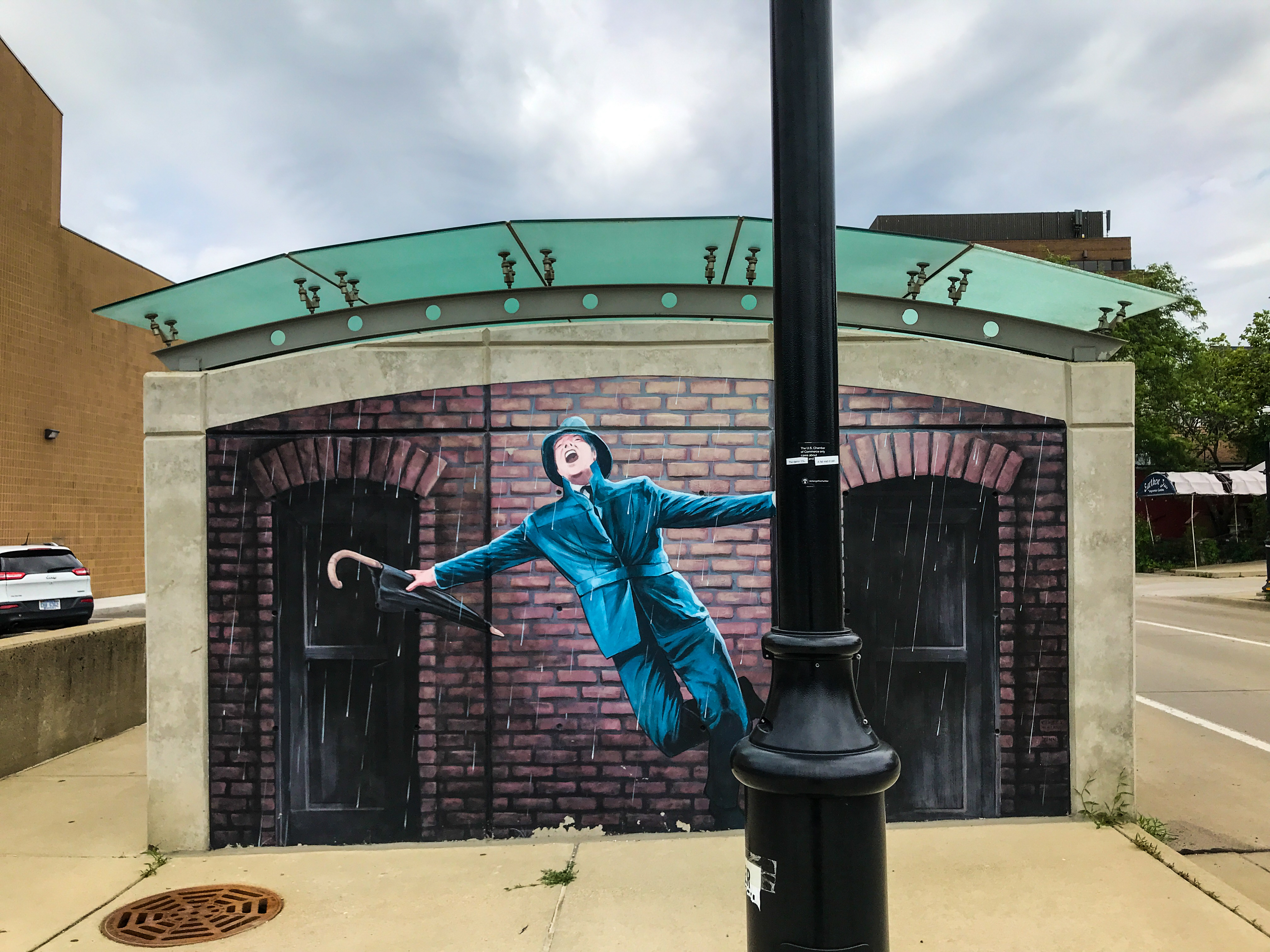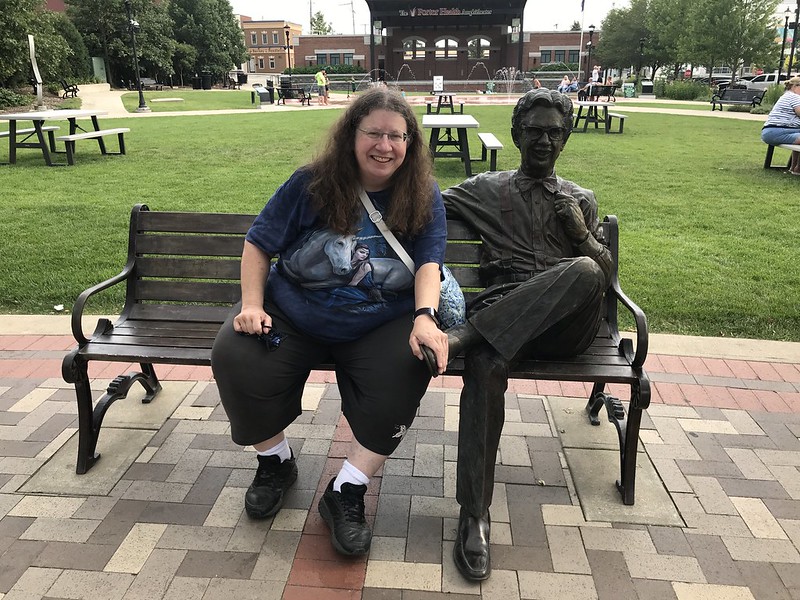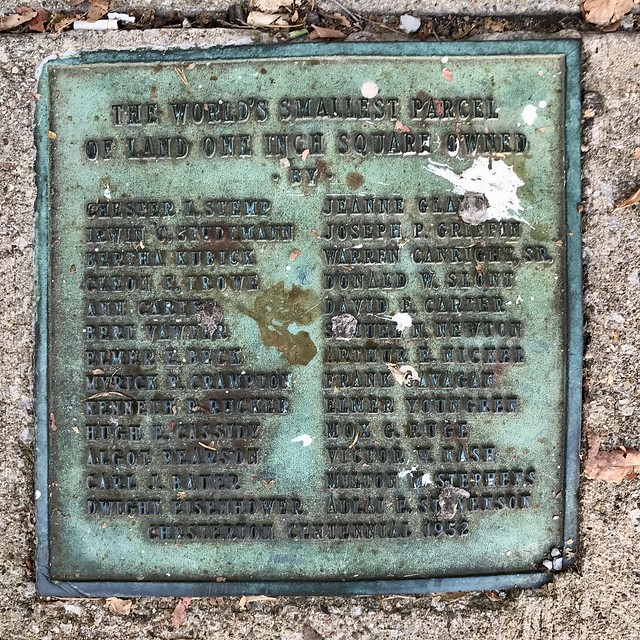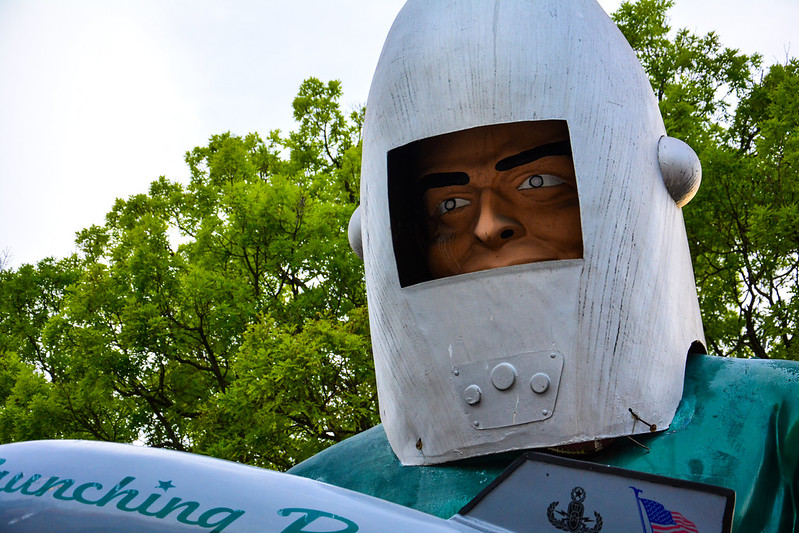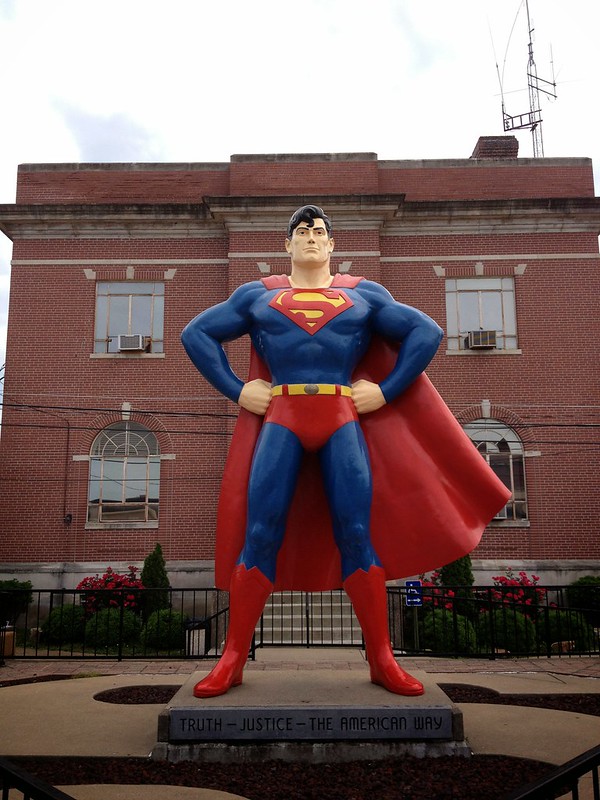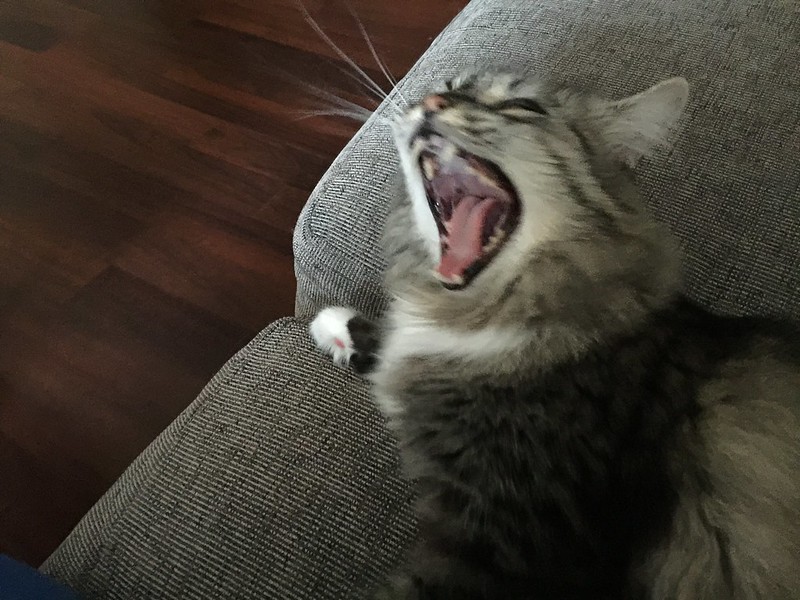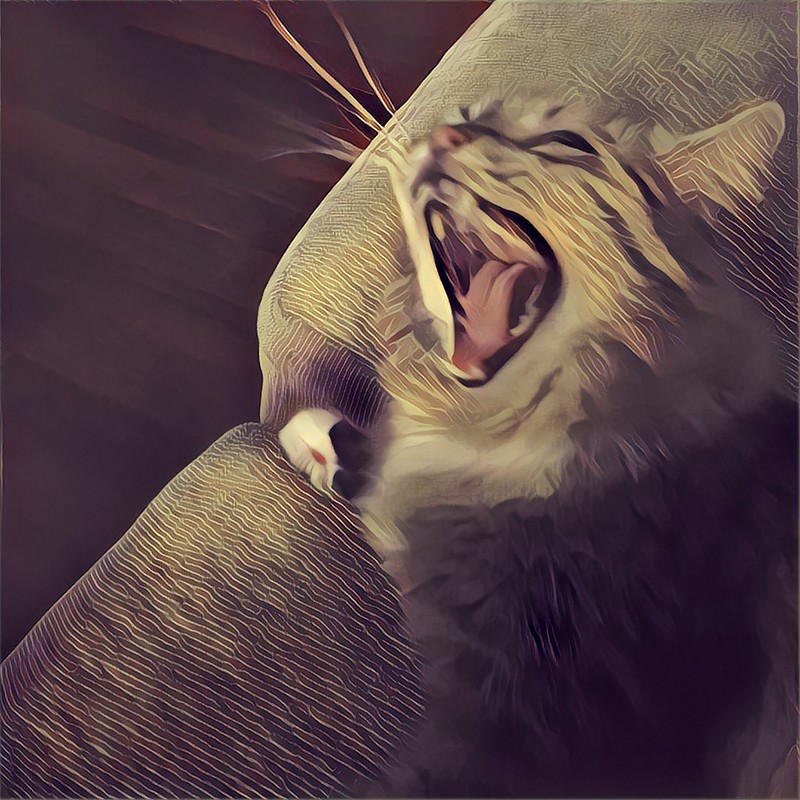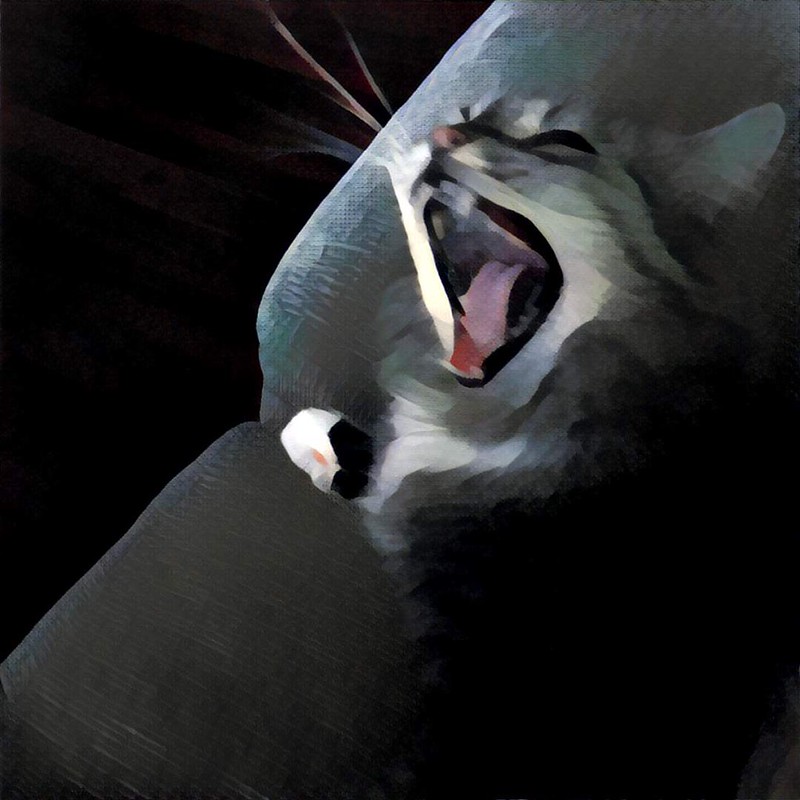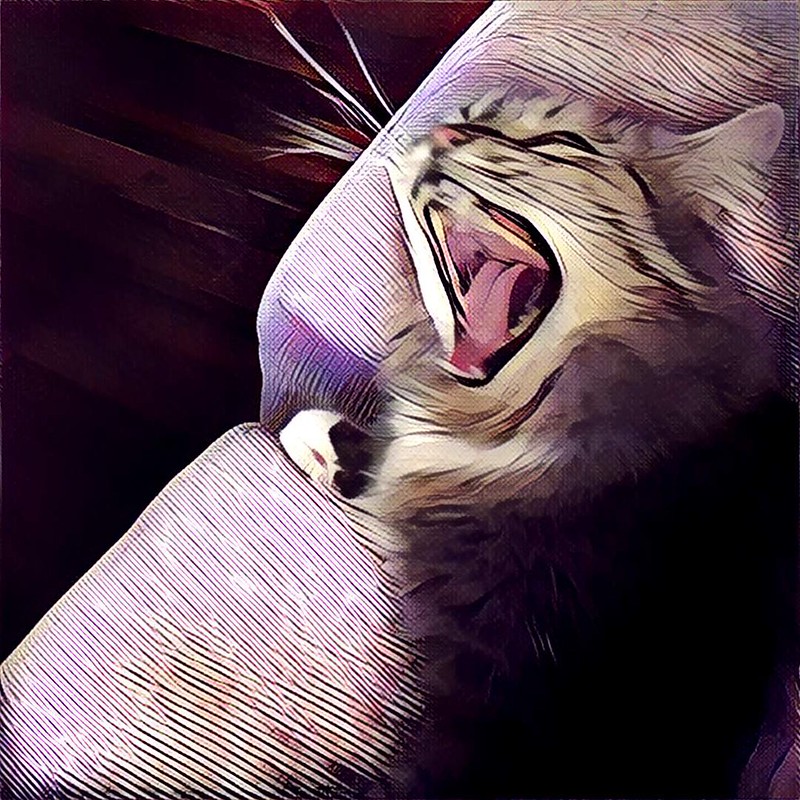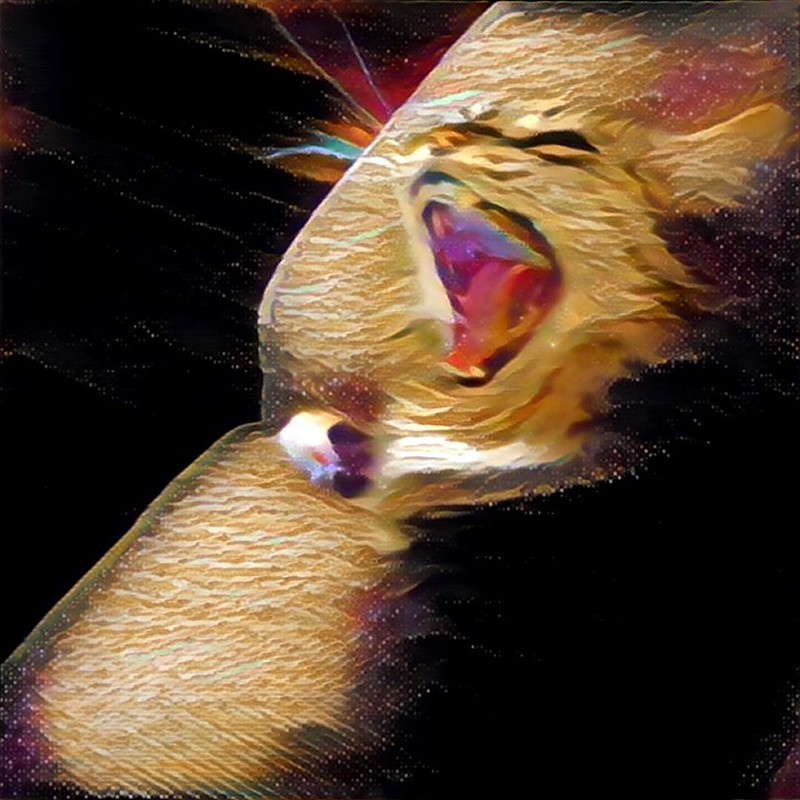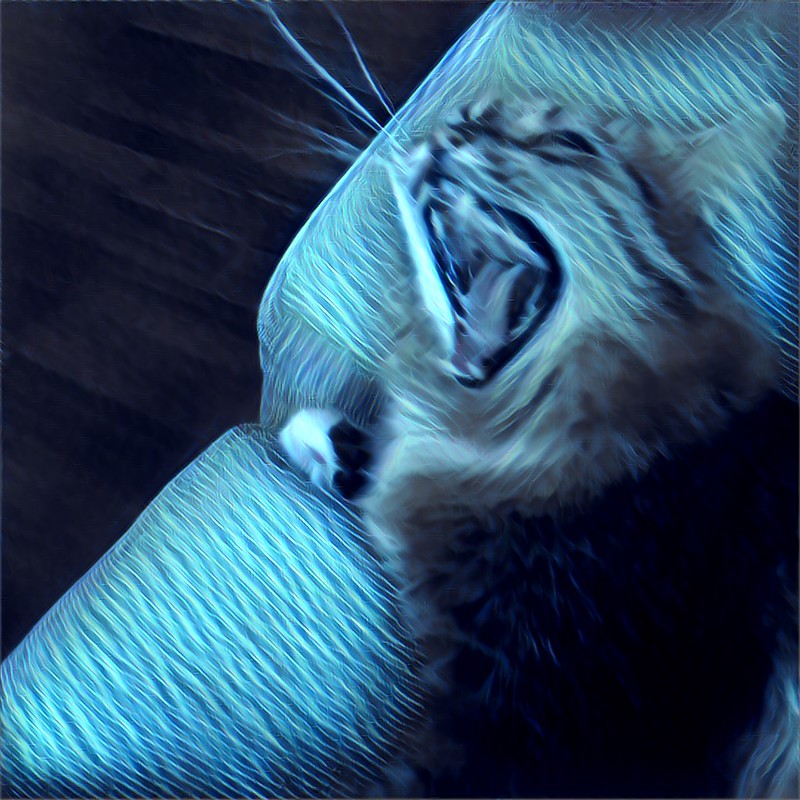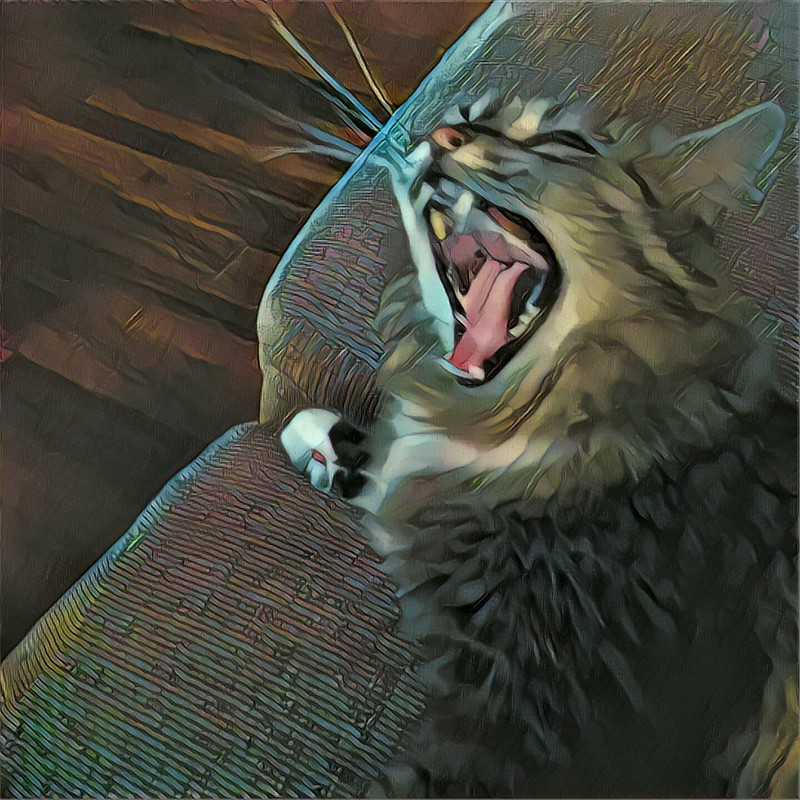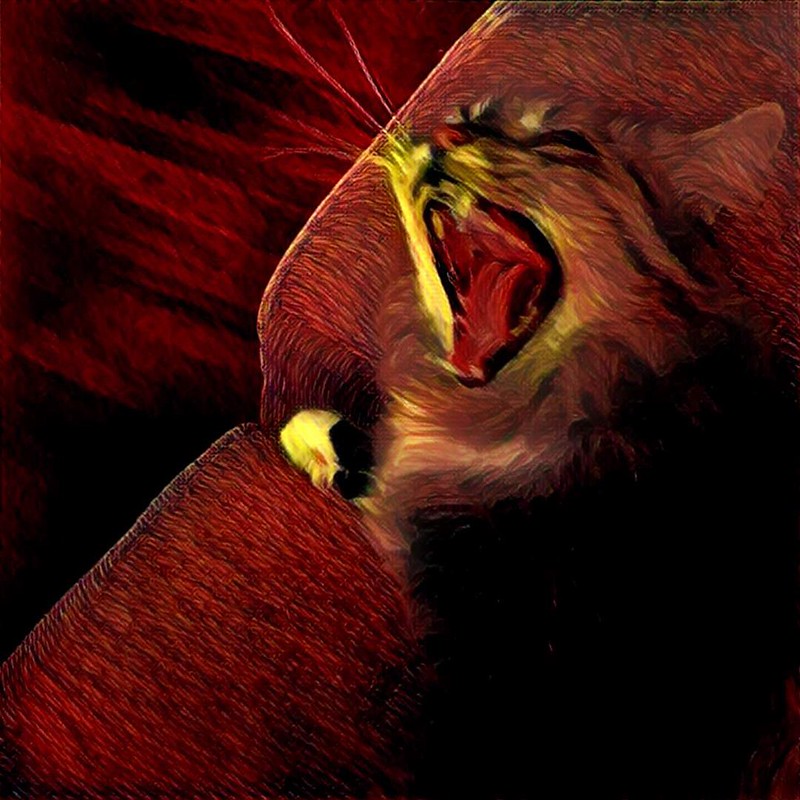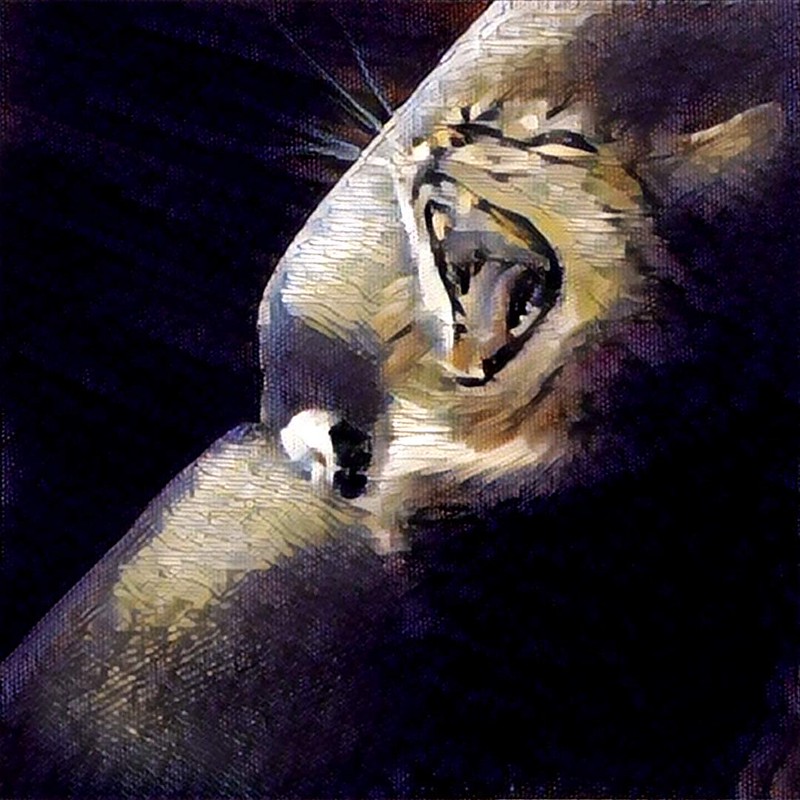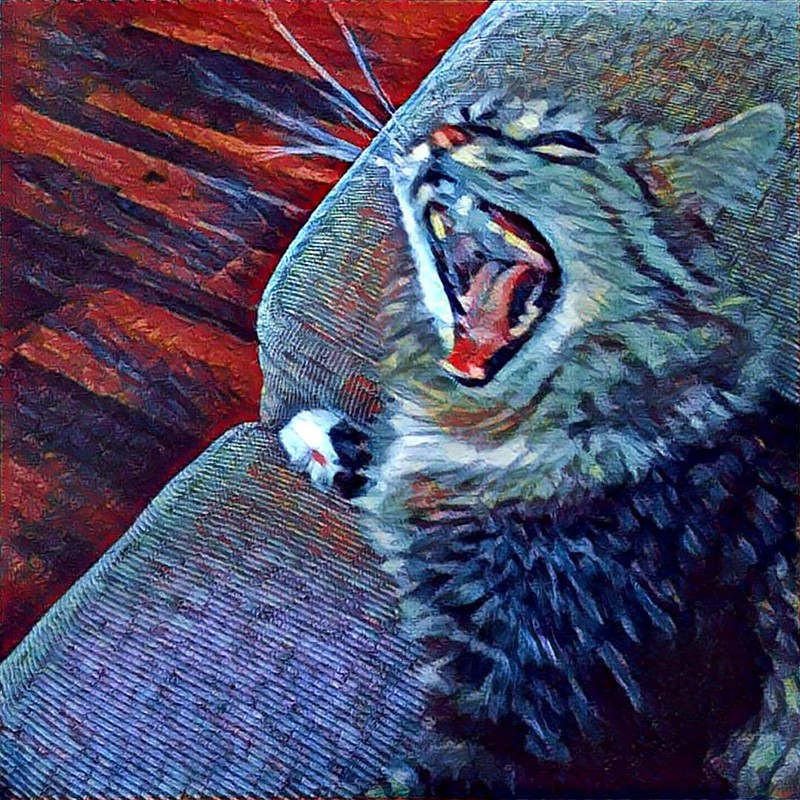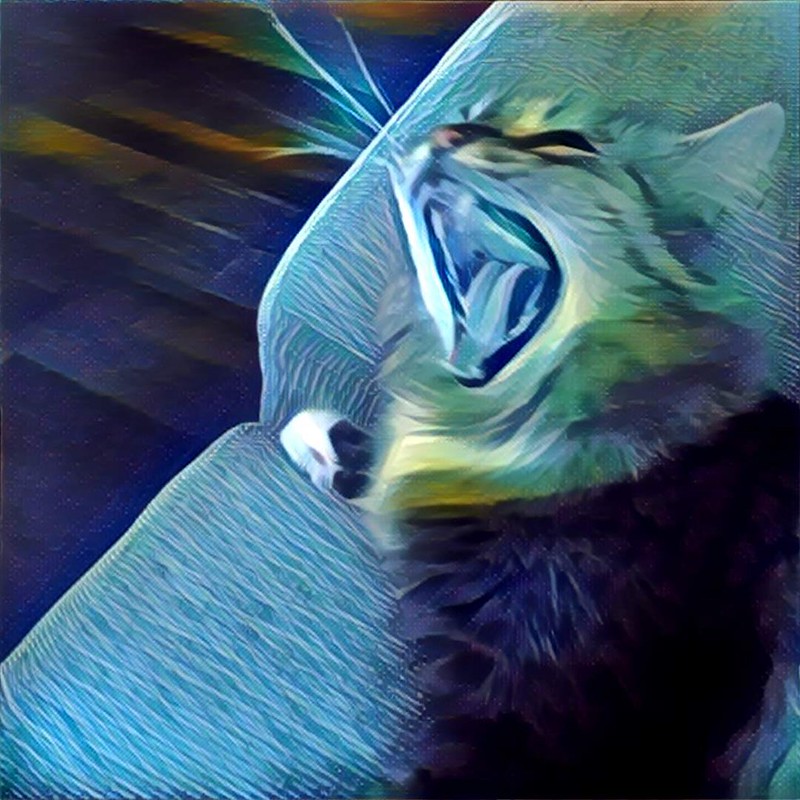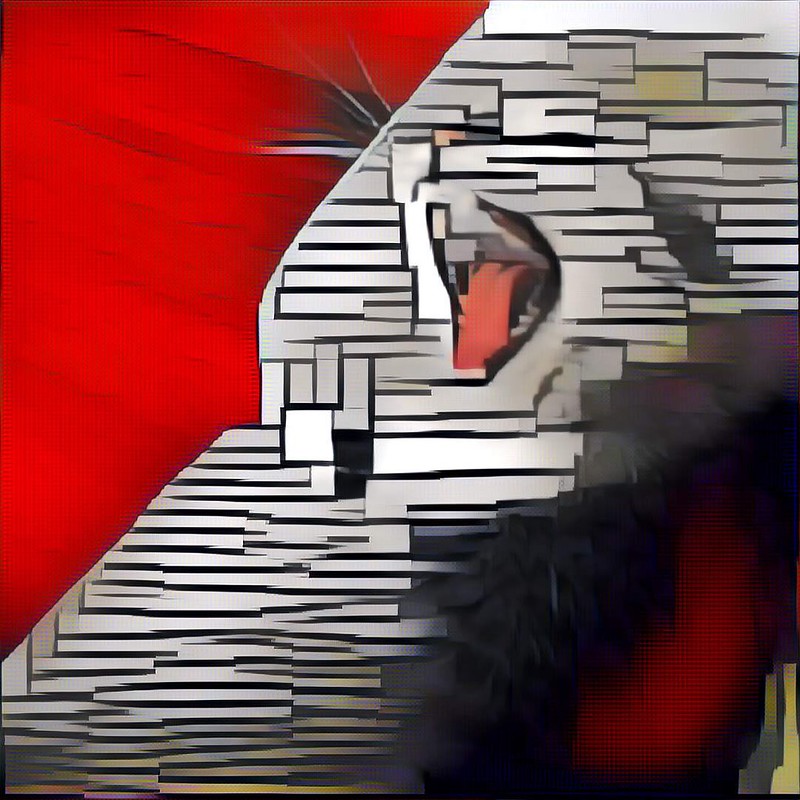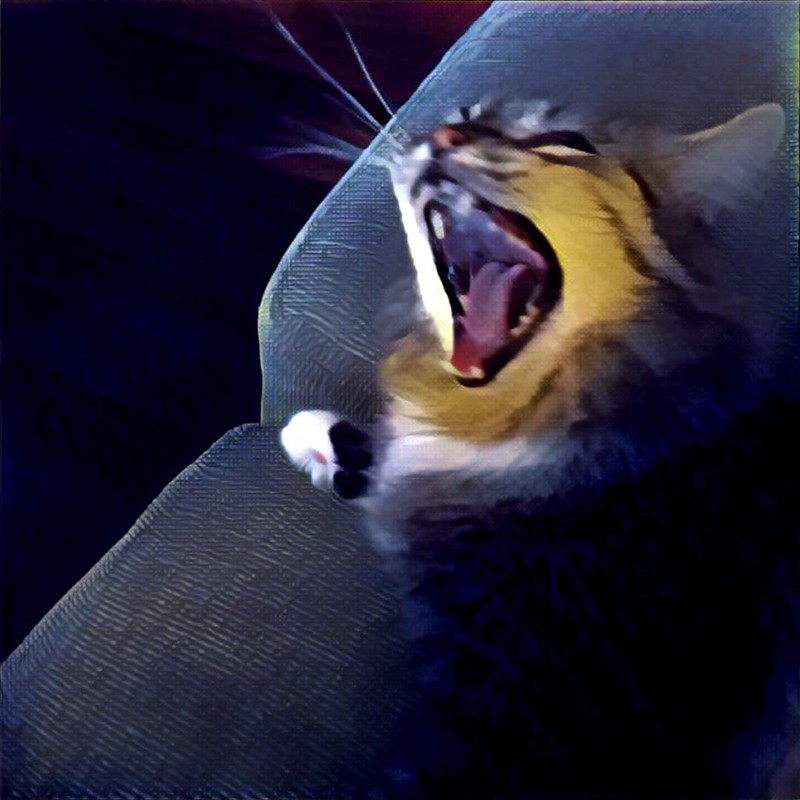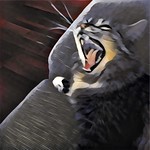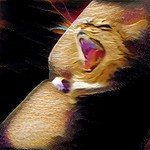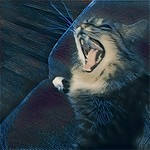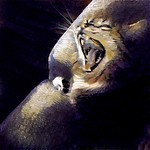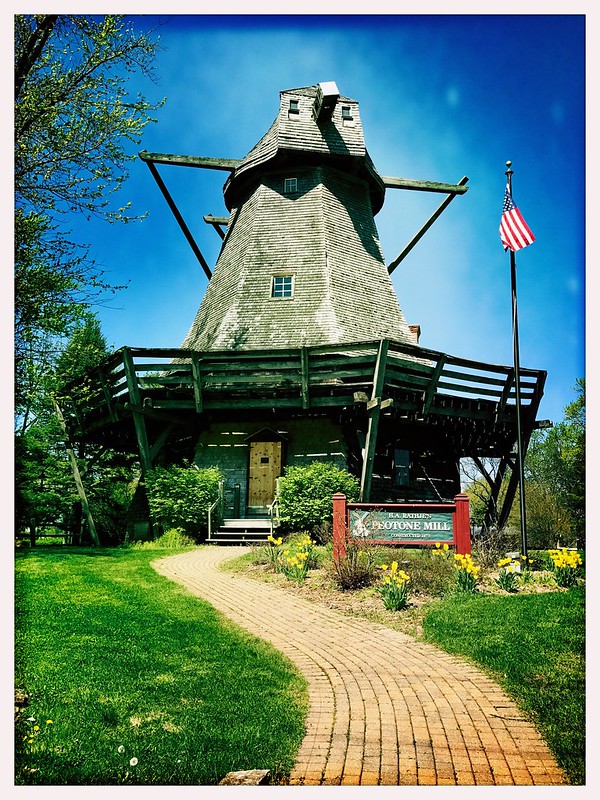June 23, 2024
I thought to check Atlas Obscura to see if there were any oddities of interest nearby. I found out there is a colorful banded rock down the street that’s across from the bed and breakfast. Since every University of Michigan building along the way seems to have benches in front, I was able to get there without difficulty (with several breathers).
Before I did, however, I found a sculpture of interest, also listed in Atlas Obscura — Arriving Home (2007) by Dennis Oppenheim. When I saw it, my first thought was: If I step through it, what will happen to Edith Keeler? (Yes, I know the Guardian of Forever is an irregular shape, but in the moment I wasn’t that literal.)



When I arrived at the rock’s location, I found other rocks. All glacial erratics? They were of different shapes, sizes, and compositions. Unfortunately, I thought, a class that had added to the collection had had the rock’s surface carved with their year. A sign or plaque would have been better. Alas.
I found the banded rock I was seeking. It wasn’t called out as special or unusual — it was one rock among some rocks.1 I wouldn’t have minded taking it and some others home with me, if it were possible to lug boulders onto an Amtrak train.
This Ann Arbor District Library page has a bit more about the collection at 1100 North University, known as “Rock Specimens on the Lawn.” It makes me regret I didn’t become a geologist (or don’t have the mental makeup to have become one).
1 Apologies to Michael L. I know “some rocks” are always in groups of three, but I beg indulgence.
































